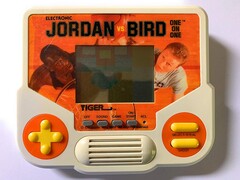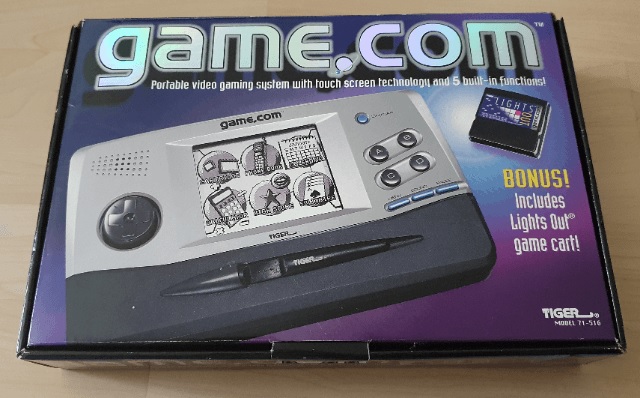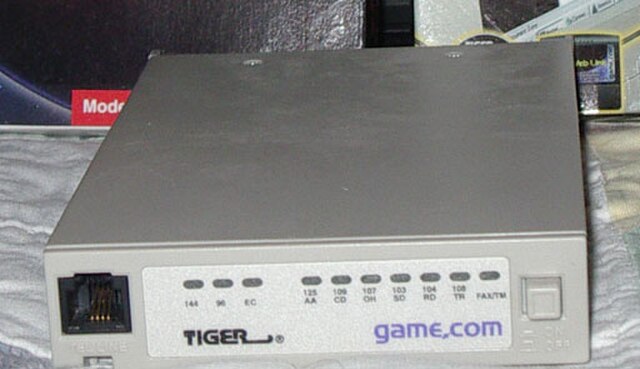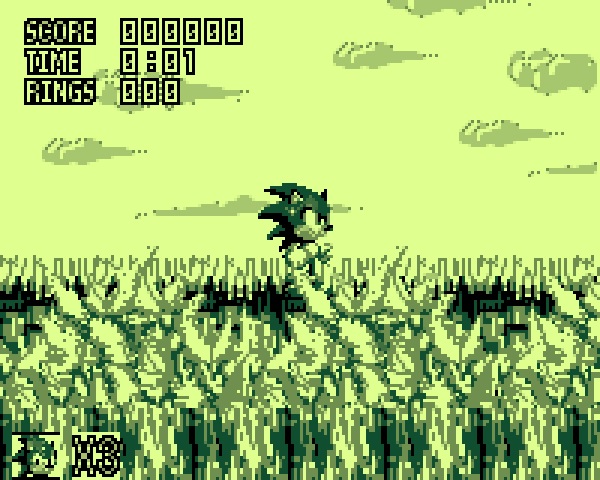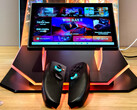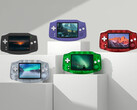“Tiger, the game that made the Baseball and Football handheld games?”. Indeed, that's the one. Tiger Handhelds were a staple of gamers' bedrooms in the mid 80s to the late 90s with many sports games, as well as some of the biggest titles and media tie ins of the time, such as Mighty Morphin Power Rangers, Mortal Kombat, Double Dragon, The Lion King, Sonic the Hedgehog, Spider-Man, and many, many more.
What is the Game.Com?
The Tiger Game.com was a handheld gaming system released by Tiger on September 12, 1997. It was released as a direct competitor to Nintendo’s Game Boy. The Game.com flew under the radar with fewer than 300,000 units sold. Originally announced at E3 1997, it was the only new game console on display. The Game.com sported the game industry’s first gaming handheld with a touch screen and internet connectivity.
It was aimed at older crowd in comparison with the Game Boy with features such as a built-in phone directory, calculator, and calendar. In a time when PDAs were prohibitively expensive, it seemed like a sure win with its $69.99 price tag. What went wrong? We will speculate on that in a moment, but first, a glance at the hardware and its functionality.
What made it tick?
Before I begin this section, I would like to note that I will be comparing its specs to the Nintendo Game Boy DMG-01, which was still the top handheld gaming system at the time. The game.com was powered by a Sharp SM8521 8-bit CPU with a whopping 10MHz clock speed, which was more than double the speed of the Game Boy’s Sharp SM83 clocking in at 4.19MHz. It’s display was a monochrome 200x160 pixel 12x10 grid based LCD touchscreen that required a stylus, while the Game Boy used a STN (Super-Twisted Nematic) LCD Display at 160x144 pixels. Both systems used a proprietary cartridge format. Where we start to diverge is the functionality. The Game Boy had several attachments used to enhance the system, including the Game Boy Camera, Game Boy Printer, with the oddest two being the Game Boy Pocket Sonar (used to locate fish), and the Singer Sewing Machine. As mentioned earlier, the game.com had built in PDA functionality, a touchscreen and a stylus. This was great for people that needed these functions at a much lower price, with the most basic PDAs starting at an average of $150 and going as high as $1000. The biggest innovation of the game.com, however, was its internet connectivity.
Yes, the game.com had internet connectivity. Like the Game Boy Color in 2001, it required an external attachment. It only supported a 14.4k Dial-Up Connection and required a modem, which was sold separately. The system supported sending and receiving emails and text-only browsing, subsequently, they released the Web Link cartridge, which allowed consumers to connect their device to a desktop computer to upload their high scores to the game.com website. Sadly, none of the games took advantage of this emerging technology.
What Games Did It Have?
When the system released, Tiger planned to have nearly a dozen games available for purchase by the end of 1997, sadly they missed that mark with only a handful of games targeted for an older audience, such as Centipede, Solitaire, Frogger, Monopoly, and Scrabble. By the end of they planned for 50 games. Ultimately they ended up with 20, with some of the most notable being Sonic Jam, Resident Evil 2, Duke Nukem 3D, and Mortal Kombat trilogy. Some of the canceled games, which might have helped it sell better, included Castlevania: Symphony of the Night, Madden 98, Metal Gear Solid, and Turok: Dinosaur Hunter, all games that found success on other platforms.
Why Did It Fail?
The game.com was considered a commercial failure, only selling 300,000 units in its lifetime, when compared to the Nintendo Game Boy, which had been in production 8 years prior, selling over 118.69 million units in its lifetime. With it’s innovative features, and hardware barely better than its competition, consumers preferred to go with Nintendo, as they had an established customer base and better game IP. The PDA features built in to the system worked, but barely, and were hardly efficient, so consumers chose to go with dedicated PDAs instead. The release of the Game Boy Color one year later, with its compatibility with original Game Boy cartridges was the final nail in the coffin for the game.com. With the Sony PlayStation releasing two years prior, and the Nintendo 64 releasing the previous year, both with advanced 3D graphics, the game.com just could not hold its own in the gaming market. However, for those of us, including myself, that purchased this device, this odd little system will forever hold a special place in our hearts.
Source(s)
Own research




